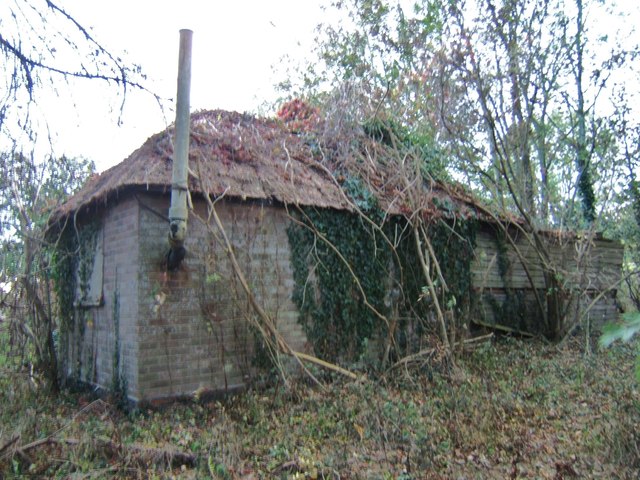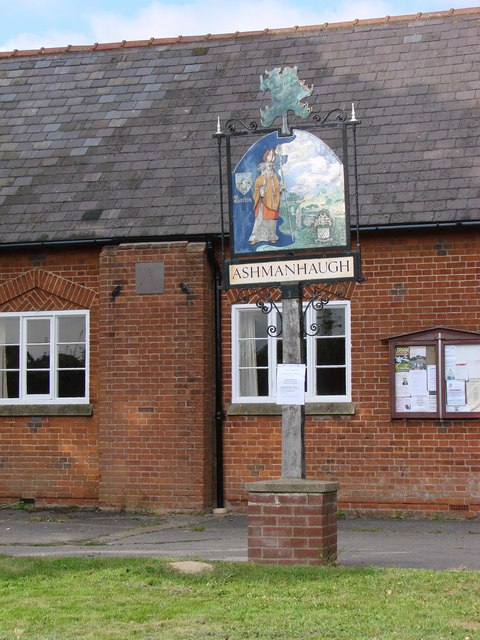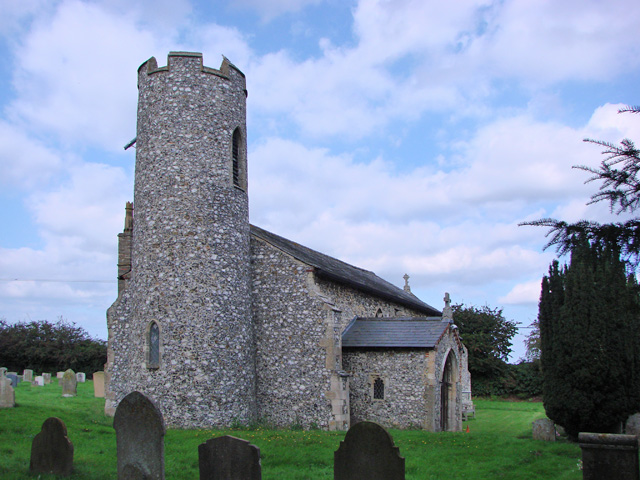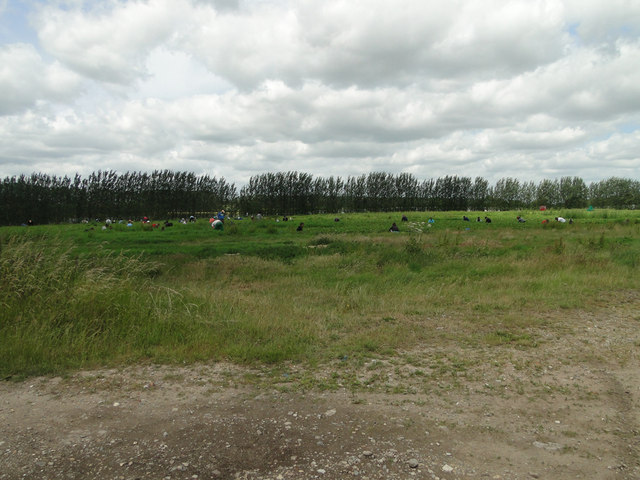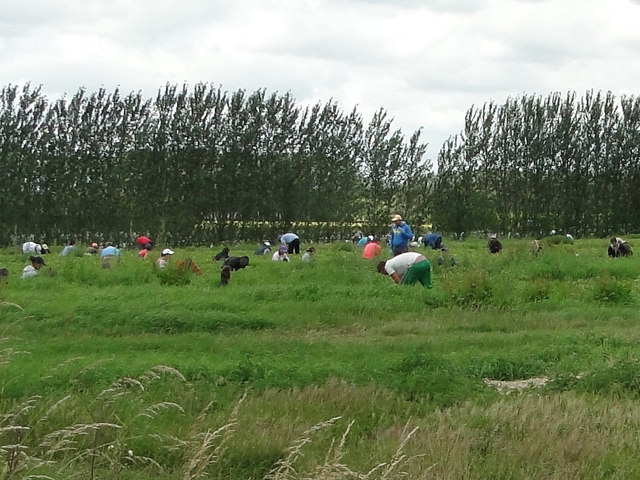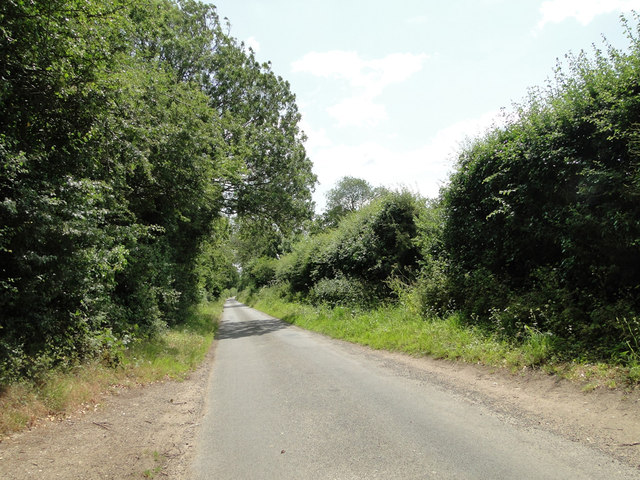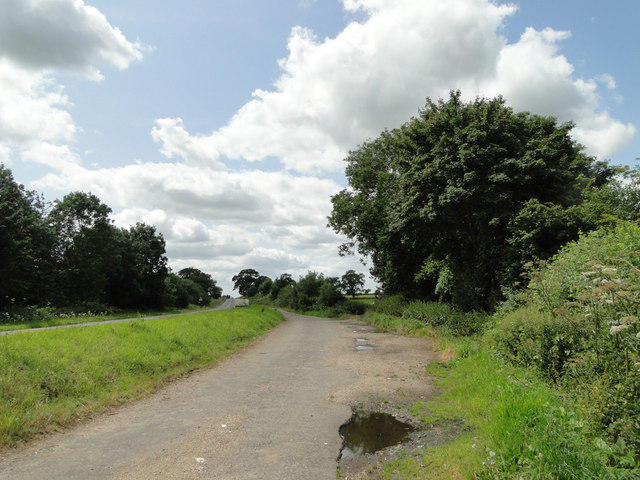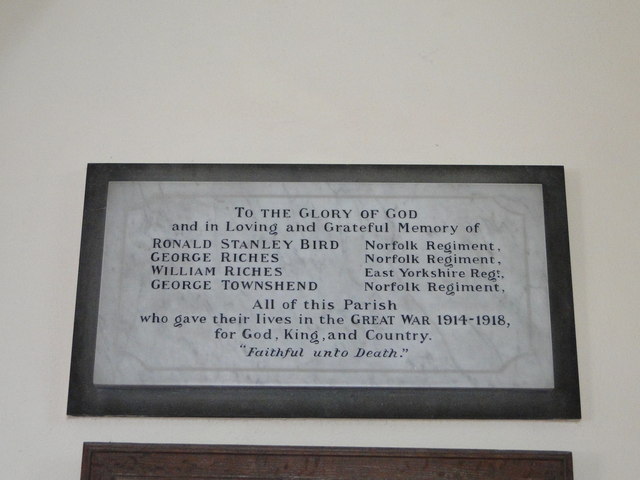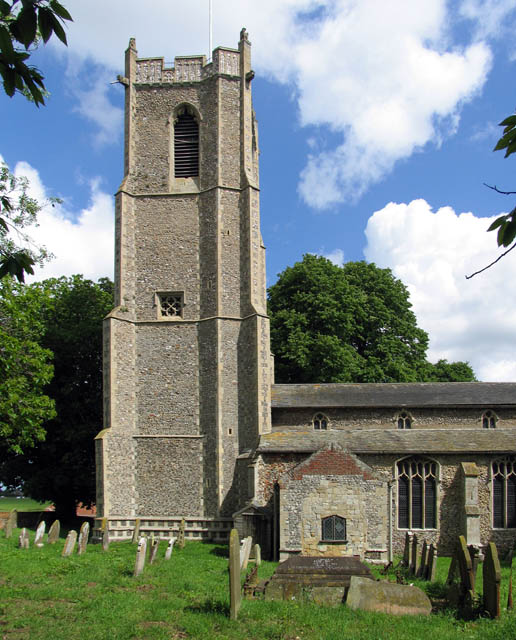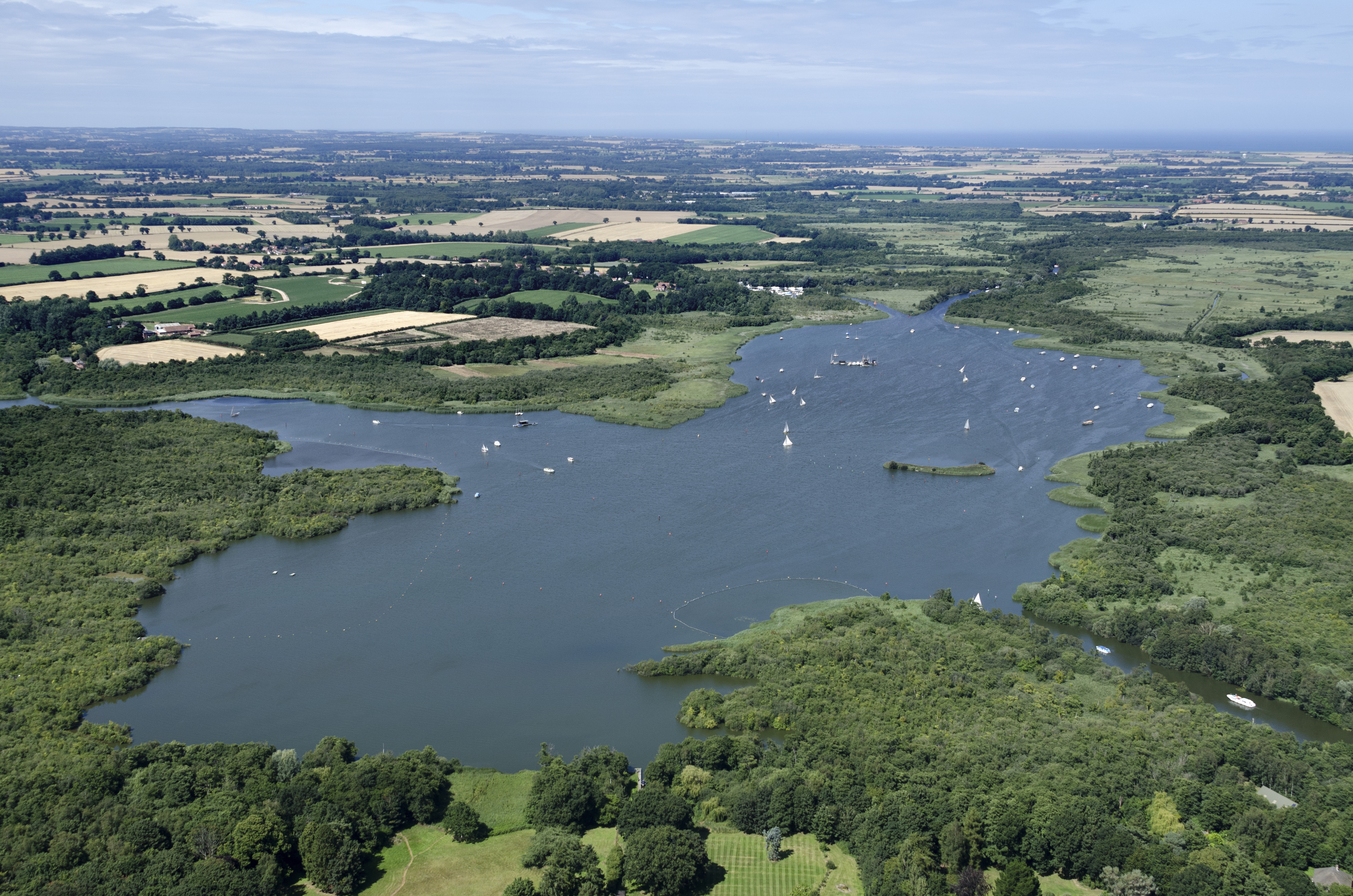Beeston Park
Downs, Moorland in Norfolk North Norfolk
England
Beeston Park
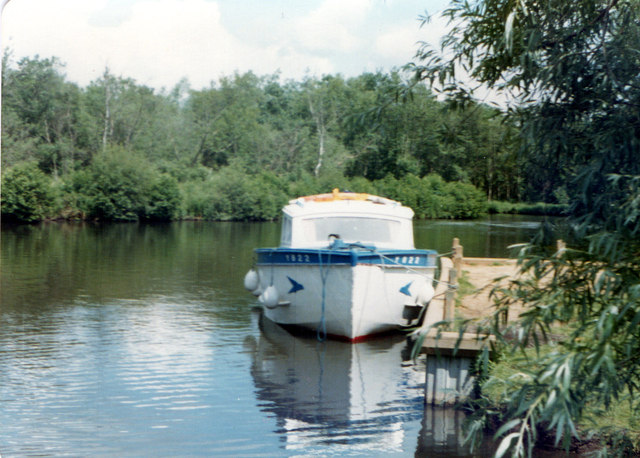
Beeston Park, located in Norfolk, England, is a picturesque and diverse natural area that encompasses downs, moorland, and various other landscapes. Spread over an expansive area, it offers visitors a wide range of outdoor activities and stunning views of the surrounding countryside.
Beeston Park is known for its downs, which are large, grassy areas with gently rolling hills. These downs provide ample space for recreational activities such as picnicking, walking, and kite flying. The park's downs are also home to a variety of wildlife, including rabbits, hares, and several bird species, making it a popular spot for nature enthusiasts and birdwatchers.
In addition to the downs, Beeston Park boasts extensive moorland. This rugged and wild landscape is characterized by heather, gorse, and ferns, creating a unique and enchanting atmosphere. The moorland offers visitors the chance to explore and discover the region's natural beauty, with well-maintained pathways and trails for walking and hiking.
The park also features several viewpoints that offer panoramic vistas of the surrounding area, including the Norfolk Broads and the North Sea coast. These viewpoints are particularly popular among photographers and those seeking breathtaking views of the Norfolk countryside.
Moreover, Beeston Park provides a range of amenities and facilities for visitors, including parking areas, picnic spots, and information boards. There are also designated areas for camping and barbecue facilities for those looking to spend a longer period in the park.
Overall, Beeston Park in Norfolk is a diverse and captivating natural area that offers a wide range of activities, stunning landscapes, and abundant wildlife for visitors to enjoy.
If you have any feedback on the listing, please let us know in the comments section below.
Beeston Park Images
Images are sourced within 2km of 52.738212/1.4525593 or Grid Reference TG3321. Thanks to Geograph Open Source API. All images are credited.


![Beeston Hall This fine country house is attributed to the architect William Wilkins of Norwich. It was built in 1786 for Jacob Preston near the site of an older mansion which was torn down. The surrounding park, now largely given over to farming, is believed to have been laid out at around the same time.
In the 1940s, Beeston Hall was owned by Sir Thomas Preston, O.B.E (1886-1976), 6th baronet, who spent most of his time overseas. As a young man, he went on mining expeditions in northern Siberia prospecting for gold and he later joined the Diplomatic Service. He was British Consul in Ekaterinburg at the time of the murder in 1918 by the Bolsheviks of Tsar Nicholas II and the Russian Imperial family. Sir Thomas was succeeded by his eldest son, Sir Ronald Douglas Hildebrand Preston, 7th Baronet, who served as a Major in the Intelligence Corps and later worked for Reuters and The Times as a foreign correspondent. He was also a member of the SOE (Special Operations Executive, a covert military organisation).
From 1940 to 1942, Beeston Hall housed the Norfolk Auxiliary Units&#039; administrative headquarters and it was here where Captain Nigel Oxenden [later Major Nigel Oxenden MC] and his staff were based. Although the Hall is surrounded by extensive park and farmland, no training exercises appear to have been held at Beeston.
At present, the estate is known as the Beeston Hall Arabian Stud.
(Picture taken by kind permission of the owner.)](https://s1.geograph.org.uk/geophotos/04/36/62/4366233_174a9e27.jpg)
![Beeston Hall This fine country house is attributed to the architect William Wilkins of Norwich. It was built in 1786 for Jacob Preston near the site of an older mansion which was torn down. The surrounding park, now largely given over to farming, is believed to have been laid out at around the same time.
In the 1940s, Beeston Hall was owned by Sir Thomas Preston, O.B.E (1886-1976), 6th baronet, who spent most of his time overseas. As a young man, he went on mining expeditions in northern Siberia prospecting for gold and he later joined the Diplomatic Service. He was British Consul in Ekaterinburg at the time of the murder in 1918 by the Bolsheviks of Tsar Nicholas II and the Russian Imperial family. Sir Thomas was succeeded by his eldest son, Sir Ronald Douglas Hildebrand Preston, 7th Baronet, who served as a Major in the Intelligence Corps and later worked for Reuters and The Times as a foreign correspondent. He was also a member of the SOE (Special Operations Executive, a covert military organisation).
From 1940 to 1942, Beeston Hall housed the Norfolk Auxiliary Units&#039; administrative headquarters and it was here where Captain Nigel Oxenden [later Major Nigel Oxenden MC] and his staff were based. Although the Hall is surrounded by extensive park and farmland, no training exercises appear to have been held at Beeston.
At present, the estate is known as the Beeston Hall Arabian Stud.
(Picture taken by kind permission of the owner.)](https://s3.geograph.org.uk/geophotos/04/36/62/4366235_2e6285be.jpg)

Beeston Park is located at Grid Ref: TG3321 (Lat: 52.738212, Lng: 1.4525593)
Administrative County: Norfolk
District: North Norfolk
Police Authority: Norfolk
What 3 Words
///messing.sandpaper.noun. Near Horning, Norfolk
Nearby Locations
Related Wikis
Neatishead
Neatishead ( NEET-stəd) is a village and civil parish in the English county of Norfolk. The village is situated some 20 km (12 mi) north-east of the city...
St Michael and All Angels Church, Barton Turf
St Michael and All Angels is the Church of England parish church of Barton Turf in the county of Norfolk in England. See Inside here. It stands about a...
Hoveton Hall
Hoveton Hall in the parish of Hoveton in Norfolk is a Regency-style country house made of gault brick with a slate roof. It was built between 1809 and...
Ashmanhaugh
Ashmanhaugh is a village and civil parish in the English county of Norfolk, situated some 20 km north east of Norwich. See Inside the churches of St Swithins...
Smallburgh
Smallburgh is a village and a civil parish in the English county of Norfolk. The village is fourteen miles (21 km) south-east of Cromer, fourteen miles...
Barton Turf
Barton Turf is a village and civil parish in the English county of Norfolk. It is 20 km north-east of the city of Norwich, on the northwestern edge of...
Barton Broad
Barton Broad is a large lake that forms part of the River Ant which gives its name to a 164-hectare (410-acre) nature reserve north-east of Norwich in...
Ant Broads & Marshes National Nature Reserve
Ant Broads & Marshes NNR is a national nature reserve in Norfolk, England established by English Nature. It is named after the River Ant. It is part of...
Have you been to Beeston Park?
Leave your review of Beeston Park below (or comments, questions and feedback).



